We've to calculate output impedance of the circuit (figure 1). Although i understood the textbook solution (figure 2, figure 3), I took a different approach and arrived at a wrong answer.
step 1: I shorted the input voltage sources. (since, Zout is being calculated)
step 2: since there is no power anywhere in circuit, Ib will definitely be 0.
step 3: the dependent source is opened. (since, Ib = 0)
step 4: also RB is shorted by the source
step 5: thus, when seen b/w emitter terminal and ground, βre and RE are parallel
but equation 8.42 says otherwise!
please point where the mistake was in my approach.





